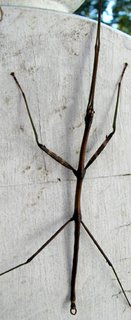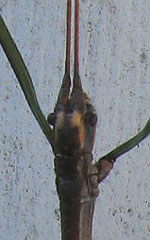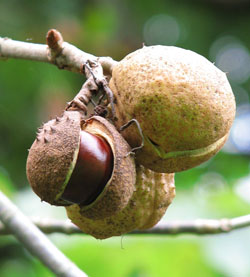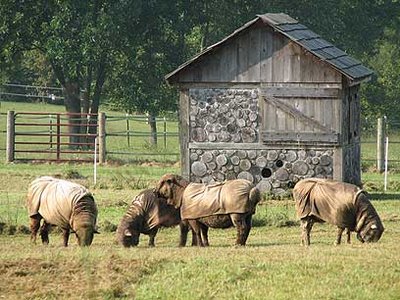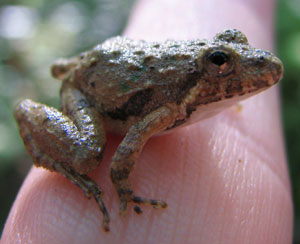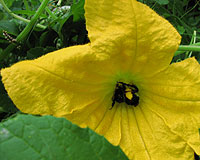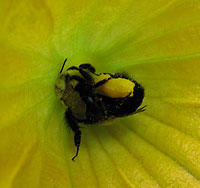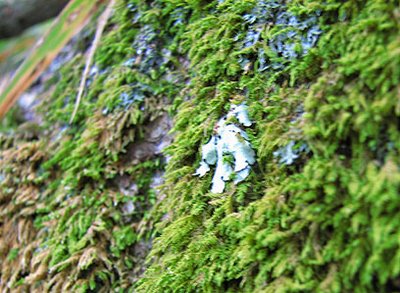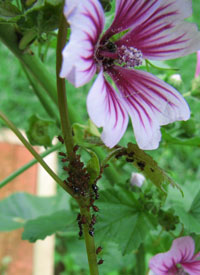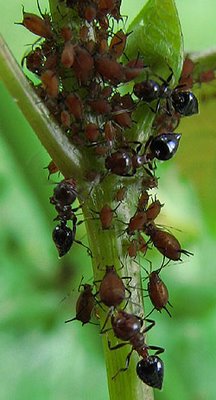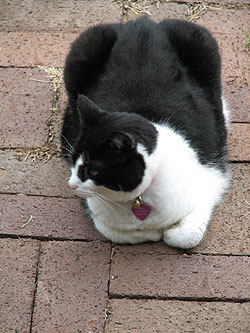Goliath
 This is our guard dog. I know, he looks like a slacker, sleeping in the middle of the day, but that’s really part of what makes him an excellent guard dog. His name is Goliath, but we call him Golly. He is a Great Pyrenees, also known as a Pyrenean Mountain Dog. Golly does spend most of his days sleeping, but then at night he wakes and patrols the borders of his field all night long, often sending out territorial warnings (booming barks) to predators.
This is our guard dog. I know, he looks like a slacker, sleeping in the middle of the day, but that’s really part of what makes him an excellent guard dog. His name is Goliath, but we call him Golly. He is a Great Pyrenees, also known as a Pyrenean Mountain Dog. Golly does spend most of his days sleeping, but then at night he wakes and patrols the borders of his field all night long, often sending out territorial warnings (booming barks) to predators. 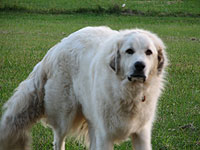 The Great Pyrenees is a very old breed, used for a thousand years by the Basque in the Pyrenees Mountains of southern France. These dogs are usually employed in protecting livestock (especially sheep) in pastures. A Pyrenees pup is taken from its mother a couple of weeks earlier than normal and then put in with sheep – this causes the pup to imprint on the sheep so that it thinks the flock is its pack. When Golly sees a threat, he puts himself in-between it and the sheep and warns of the predator. All this behavior is instinctual and very strong – Pyrenees are fiercely loyal. I once saw Golly’s predecessor – Gabriel – stand his ground to a thousand pound horse with not a hint of hesitation.
The Great Pyrenees is a very old breed, used for a thousand years by the Basque in the Pyrenees Mountains of southern France. These dogs are usually employed in protecting livestock (especially sheep) in pastures. A Pyrenees pup is taken from its mother a couple of weeks earlier than normal and then put in with sheep – this causes the pup to imprint on the sheep so that it thinks the flock is its pack. When Golly sees a threat, he puts himself in-between it and the sheep and warns of the predator. All this behavior is instinctual and very strong – Pyrenees are fiercely loyal. I once saw Golly’s predecessor – Gabriel – stand his ground to a thousand pound horse with not a hint of hesitation.  Most Pyrenees males weigh in at 100-130 pounds, but Golly is a bit bigger at 140. Gabriel was even larger at 150. Golly is a working dog, protecting our five Marino sheep, but he really has an easy life. His father and mother live in southern Indiana where they guard a flock of over 100 sheep - they have fought off and even killed stray dogs and coyotes. Golly's favorite trick is to try and walk between your legs – doesn’t work even with me, I’m six foot tall and he picks me up off the ground.
Most Pyrenees males weigh in at 100-130 pounds, but Golly is a bit bigger at 140. Gabriel was even larger at 150. Golly is a working dog, protecting our five Marino sheep, but he really has an easy life. His father and mother live in southern Indiana where they guard a flock of over 100 sheep - they have fought off and even killed stray dogs and coyotes. Golly's favorite trick is to try and walk between your legs – doesn’t work even with me, I’m six foot tall and he picks me up off the ground. The Great Pyrenees have one feature that distinguishes them from all other dogs - a double dewclaw on each of the hind legs - a sixth toe if you will.
